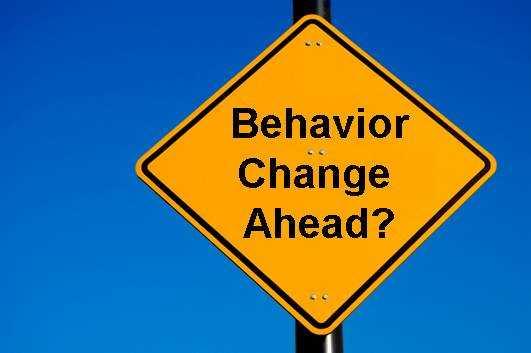Using self-monitoring to change behaviour
If you want to use self-monitoring to change your behaviors, there are things that you can do to identify, measure, and evaluate your own behaviors:
- identify a target behavior: Pick a specific behavior that you want to monitor and change.
- Choose a way to record behaviors: Mentally noting these behaviors is one way to increase awareness, but writing them down can also be useful.
- Set a schedule: Continuous self-monitoring is possible in some cases, but it may be more realistic to set a schedule where you check in with yourself and write down your measures for that time period.
112
273 reads
CURATED FROM
IDEAS CURATED BY
I'm passionate about helping people live their best lives. I'm a lifestyle coach & burnout coach.
The idea is part of this collection:
Learn more about personaldevelopment with this collection
How to set boundaries to protect your energy
How to cultivate positive energy
Why rest and recovery are important
Related collections
Similar ideas to Using self-monitoring to change behaviour
Recognise yourself on the change curve
Identify yourself on the change curve. Adaptability is the capacity to spot a changing context and alter our mind-set to take account of what has happened and is likely to happen. By understanding the transition process and the psychological impact on your mind, and noting where you might be on t...
Change Your Negative Self-Talk
- It can often be easier to identify examples of negative self-talk in other people first.
- Change your (inner) tone of voice.
- Validate your feelings instead of analyzing them.
- Be intentional, not habitual, with your self-criticism. Schedule a...
Psychological Distancing and Executive Functioning
Executive functioning is the set of abilities and behaviors that is controlled by the frontal lobe, including:
- Goal-directed and planning behaviours, such as deciding how to get dressed.
- Inhibiting responses such as waiting your turn. ...
Read & Learn
20x Faster
without
deepstash
with
deepstash
with
deepstash
Personalized microlearning
—
100+ Learning Journeys
—
Access to 200,000+ ideas
—
Access to the mobile app
—
Unlimited idea saving
—
—
Unlimited history
—
—
Unlimited listening to ideas
—
—
Downloading & offline access
—
—
Supercharge your mind with one idea per day
Enter your email and spend 1 minute every day to learn something new.
I agree to receive email updates

